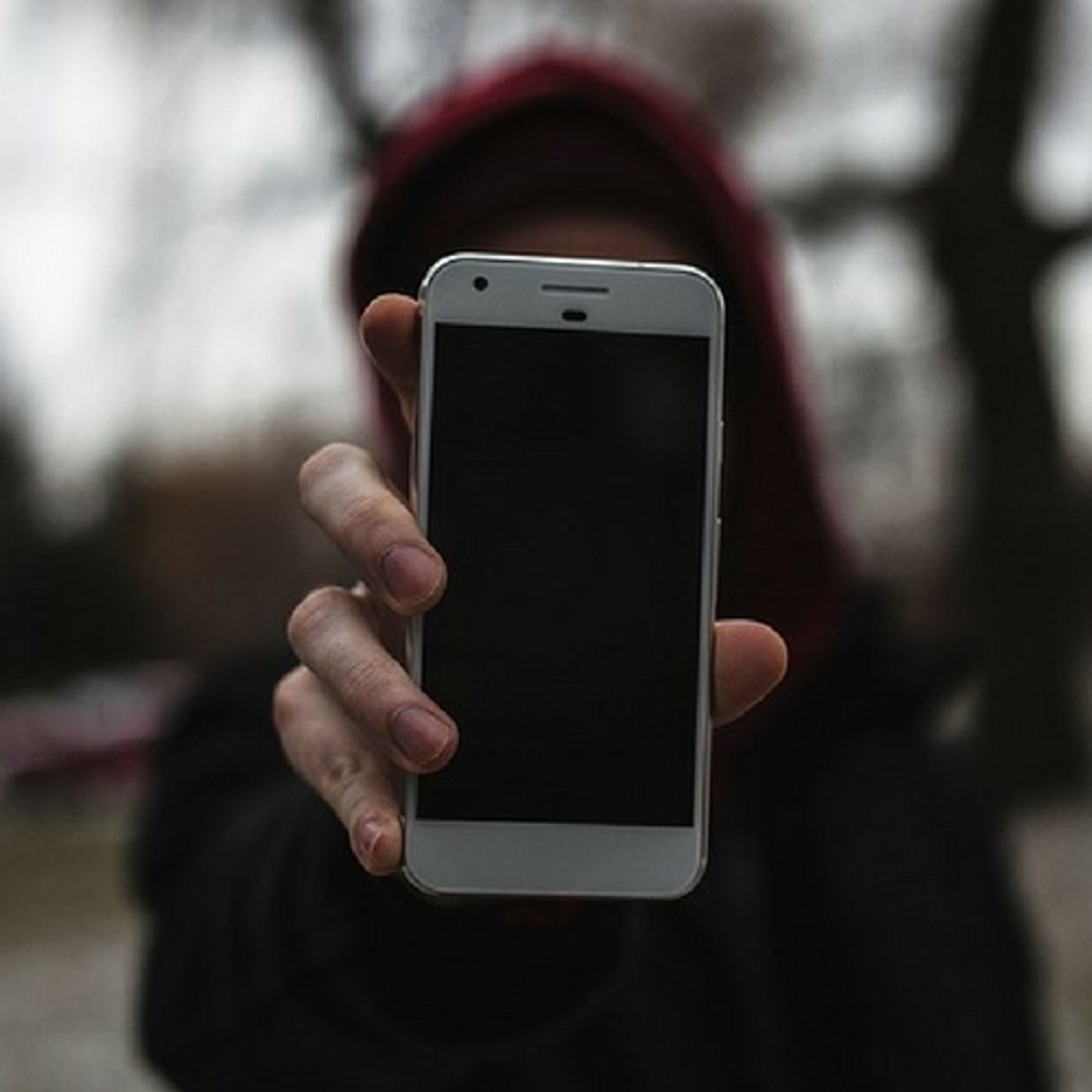New Research on Cell Phones and Radiation
The question of cell phones and dangerous radiation is one that's been debated in science since the first hand-held phones were available. Two new reports released recently don't do much to clear up the controversy but do indicate that the problem is still one that is worth looking at.
The two reports were issued by the National Toxicology Program (NTP) which is a division of the Department of Health and Human Services. The research was split into two reports, one for mice and one for rats, since the results in each were different and needed to be explicitly addressed. The reports will be reviewed by a panel of external researchers and scientists at the end of March.
Radiofrequency radiation (RFR) is what is emitted by cell phones. In the recent studies, there was some concern about increased tumors in male rats that had been exposed to RFR, but the same results were not found in female rats or in any of the mice. The animals in the study experienced levels of RFR that equal to or higher than the maximum amount of radiation that is acceptable in the devices, per federal regulations.
The tumors that showed up in the male rats are called malignant schwannomas and usually occur in the tissue surrounding the heart. It's important to note that the levels of RFR that the animals were subjected to was much higher than the typical cell phone emits. Most manufacturers of phones keep the RFR emissions well below the upper limit, and the tumors showed up in the rats that had been irradiated with much more than a human would ever get. There was no evidence of any increased health problems in mice exposed to RFR.
There were also significant increases in other kinds of tumors in the rats and the mice. Organs affected were the brain, pituitary gland, adrenal gland, liver, prostate gland and the pancreas. The NTP defined these findings and tumors as "equivocal" since no clear causal link could be found between the levels of radiation and the tumors. John Bucher, Ph.D., is an NTP senior scientist who explained the findings in a press release, stating, "The levels and duration of exposure to RFR were much greater than what people experience with even the highest level of cell phone use, and exposed the rodents' whole bodies. So, these findings should not be directly extrapolated to human cell phone usage. We note, however, that the tumors we saw in these studies are similar to tumors previously reported in some studies of frequent cell phone users."
The NTP constructed a custom chamber to expose the rats to the RFR. The study took over two years to complete, with the animals being exposed to RFR in ten-minute intervals for a total of nine hours per day. The lowest level of RFR was equal to the highest emission rates allowed for tissue exposure on cell phones. The study also approximated the RFR based on 2G and 3G frequencies. Since the study, there are different networks and frequencies, so future research might not be the same.
The study may have some limits; however, it's always a good idea to know more than the minimum when it comes to health and safety. The video below talks more about this research, check it out.









